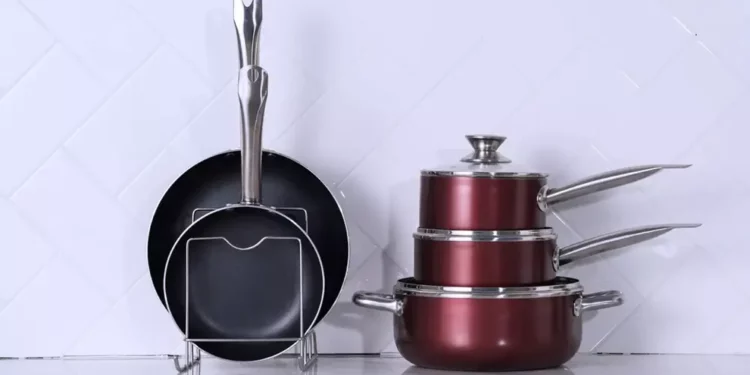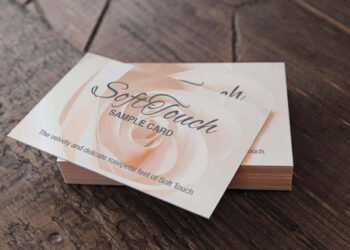Cooking is an art that requires the right tools and equipment, and one of the most essential pieces in any kitchen is the saucepan. Whether you’re a novice or seasoned chef, having the perfect cookware can make all the difference in your culinary adventures. With a myriad of options available in the market, selecting the ideal saucepan can be a daunting task. This article will guide you through the key factors to consider when choosing the perfect pan for your kitchen, ensuring that you can simmer and sizzle your way to delicious dishes.
1. Size Matters: Finding the Right Capacity
The first and foremost consideration when selecting cookware is its size or capacity. Pans typically range from 1 quart to 4 quarts, with variations in between. To make the right choice, you should consider your usual cooking needs. If you often cook for one or two people, a smaller pan of 1 or 2 quarts should suffice. However, opting for a larger pan of 3 or 4 quarts would be more suitable for larger households or if you frequently entertain guests. It’s essential to strike a balance between having enough capacity for your cooking needs and avoiding cookware that is too heavy or bulky to handle.
2. Material Matters: The Pros and Cons
Sauce pots are available in various materials, offering distinct advantages and disadvantages. The most common materials are stainless steel, aluminium, copper, and non-stick.
Stainless Steel: Durable and non-reactive, stainless steel pans are a popular choice for many cooks. They are relatively affordable, easy to clean, and can handle high temperatures. However, this material alone is not an excellent heat conductor, so cookware with a copper or aluminium core in the base is recommended for more even heat distribution.
Aluminium: Aluminum cookware is an excellent heat conductor, ensuring quick and even heating. They are also lightweight, making them easy to handle. However, pure aluminium can react with acidic ingredients, potentially affecting the taste of your food. Anodized aluminium sauce pots, which have a protective layer, are a good alternative to avoid such issues.
Copper: Copper cookware is prized for its exceptional heat conductivity, providing precise temperature control. They are aesthetically pleasing and often used by professional chefs. Nevertheless, copper pans can be expensive, require regular polishing to maintain their shine, and can react with certain foods.
Non-Stick: Non-stick pans have a coating that prevents food from sticking to the surface. This makes them ideal for cooking delicate foods like eggs and fish without the need for excess oil. However, they may not be suitable for high-heat cooking and can wear out over time, requiring replacement.
3. Lid and Handle Considerations
A well-designed lid is an essential feature of cookware. It helps retain heat, cook food more evenly, and prevents splatters. Look for a sauce pot with a tight-fitting lid made of the same durable material as the cookware itself.
Equally important is the handle of the sauce pots. The handle should be sturdy, heat-resistant, and securely attached to the pan. Riveted handles are more durable than those that are welded or screwed on. Additionally, consider a sauce pot with a long handle for better balance and a secondary handle on the opposite side for easier lifting, especially for larger pans.
4. Compatibility with Cooktops
Before purchasing cookware, consider the type of cooktop you have. Not all sauce pots are compatible with all cooktops. For instance, copper cookware may not work well on induction cooktops, while cast iron pans may scratch glass cooktops. Ensure that the cookware you choose is suitable for your specific cooking surface.
In conclusion, a perfect saucepan is an indispensable tool that enhances your cooking experience and helps you create delectable dishes with ease. By considering factors like size, material, lid, handle, cooktop compatibility, and price, you can make an informed decision and select cookware that suits your needs and culinary aspirations. So, let your kitchen simmer and sizzle with the right pan, and elevate your cooking to new heights.
Also, Read Say Goodbye to Drab Concrete: Transform Your Surfaces with Resurfacing.


















